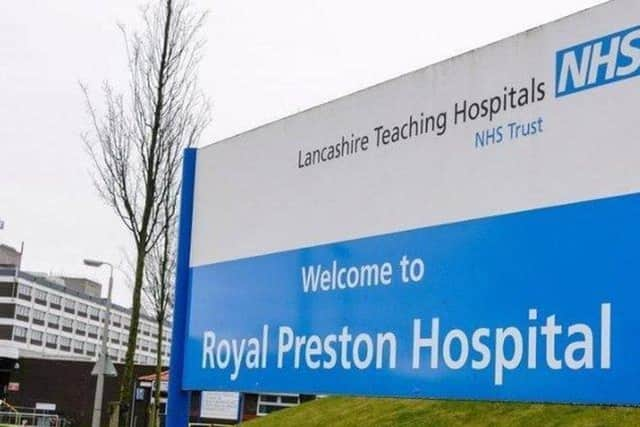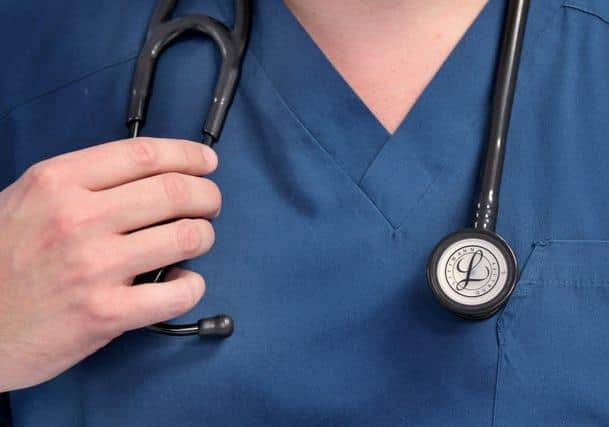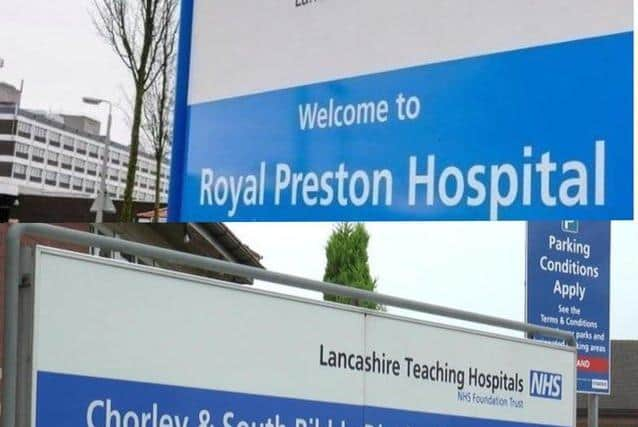Record high numbers of patients are waiting for treatments at Lancashire Teaching Hospitals
and live on Freeview channel 276
The waiting lists during Covid have continued to rise at hospitals across the country, as more than 54,000 patients currently sit on the waiting lists for routine treatments at Lancashire Teaching Hospitals.
In August, the latest figures we have to date, NHS England data analysis showed that 1,589 more patients joined the waiting lists at the trust - a 3 per cent rise on the number of patients awaiting routine treatment the month before.
Advertisement
Hide AdAdvertisement
Hide AdThe figures show that in total, 54,126 patients were waiting for non-urgent consultant-led care at Lancashire Teaching Hospitals NHS Foundation Trust at the end of August, a rise on the 52,537 on that same list from July.


The impact of Covid-19 on the speed in working through treatments was reflected in the data, which was a 42 per cent increase on the 38,213 on the waiting list in August of last year.
Across England, the number of people waiting for treatment rose by 109,000 from 5.6 million in July to 5.7 million in August – the highest number since records began in August 2007.
Plans for Royal Preston Hospital to reduce waiting lists continued to be hampered by the pandemic in August, as one whole ward and a third of intensive care beds were occupied with Covid patients.
Advertisement
Hide AdAdvertisement
Hide AdNHS bosses said they would be planning for a "worst-case scenario" where that situation does not change for the foreseeable future.


But the trust is now hoping to work to reduce these waiting lists in the lead up to winter and the Christmas period through various measures.
These included hiring more staff enabling it to double its support of home first slots, where therapists go home with patients to do an assessment to see if they can be safely discharged.
The Trust has also bid for part of the £160 million accelerator programme from the Government, allowing it to increase capacity within all areas and reduce the outstanding outpatient appointments.
Advertisement
Hide AdAdvertisement
Hide AdIt also confirmed three new theatres will be opening at the Chorley hospital site on November 5, the Lancashire Eye Hospital will be opening in December and it will be making further use of the virtual appointments, allowing patients to have video meetings with consultants and reduce travel to hospital which has been 'stressful for many'.


The Ribblesdale Ward will also be coming back on stream this Friday, October 22, after a multi-million-pound refit funded by the Rosemere Cancer Trust
41 new community beds will be welcomed - 24 of which will be for rehabilitation and the trust will continue to work on more effective ways on working within departments, across both hospital sites.
Bed capacity is also increasing at Chorley Hospital to meet demand by way of an expansion to the site.
Advertisement
Hide AdAdvertisement
Hide AdThe trust is currently meeting the national standard that states at least 93 per cent of patients should see a specialist within two weeks of being referred for suspected cancer – LTH achieved 94.3 per cent in July.
The King’s Fund think tank warned the waiting list for planned care in England is continuing to climb towards levels not seen since the waiting times crisis in the 1990s.
Siva Anandaciva, chief analyst at The King’s Fund, said the upcoming Spending Review must address the pile-up of maintenance issues with NHS buildings and staffing challenges within the service, or “risk undermining efforts to reduce the waiting list backlog”.
He said: “The Government has announced significant, additional funding to support NHS services, but hasn’t yet delivered on promises to increase capital investment in buildings and equipment, or provided the funding required to train and develop the staff needed to address chronic workforce shortages."
Advertisement
Hide AdAdvertisement
Hide AdProfessor Stephen Powis, NHS national medical director, added: “There is no doubt the NHS is running hot, with the highest ever number of patients seen in A&E in September, 14 times as many Covid patients in hospital compared to the same month last year and a record 999 ambulance calls.
“But despite the busiest September on record, NHS staff have moved heaven and earth to make the best possible use of additional investment delivering millions more tests, checks, treatments and operations.
“That is why it is really important people do not delay seeking help from the NHS if they feel unwell.”
Comment Guidelines
National World encourages reader discussion on our stories. User feedback, insights and back-and-forth exchanges add a rich layer of context to reporting. Please review our Community Guidelines before commenting.